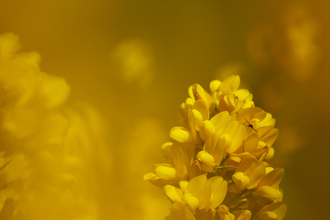
Adapting to extremes - plants
A lot of plants have clever ways to help them survive extreme conditions: think of yew trees or gorse with their narrow waxy needle-like leaves, designed to minimise moisture loss; or stonecrops…
Gifting membership? Order by Wednesday 17 December in time for Christmas.

A lot of plants have clever ways to help them survive extreme conditions: think of yew trees or gorse with their narrow waxy needle-like leaves, designed to minimise moisture loss; or stonecrops…
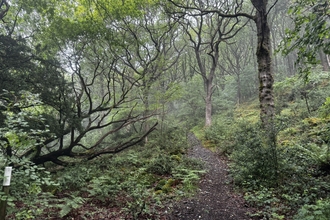
We are lucky enough to have remnants of rare temperate rainforest in the Rusland Valley.
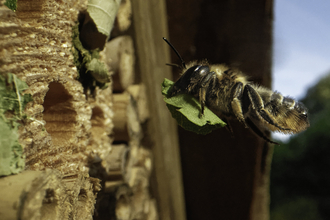
A focus on restoring nature in 2025 could help solve a raft of problems facing UK Government - from the economy, to floods and our water supply, and from climate, to farming and our health.
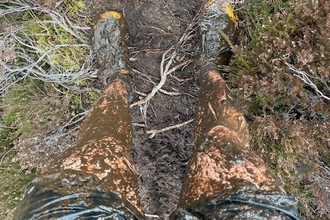
Ross Brannigan from the Green Runners explains why he's urging the running community to support our Skiddaw Forest project.
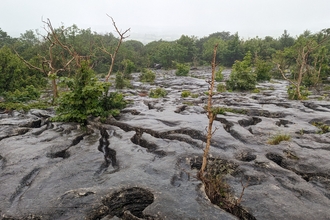
Recent student placements have joined both our Reserve and Peatlands Teams working across Cumbria. Tom Langmead shares his placement experience so far as a reserve assistant.
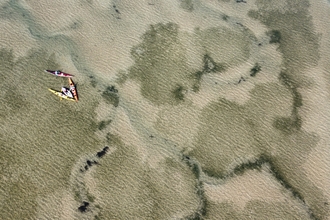
Cumbria Canoeists’ sea kayaking lead and Cumbria Wildlife Trust member John Soady reports on an fascinating day last month, helping out the Living Seas North West team with a seagrass survey at…
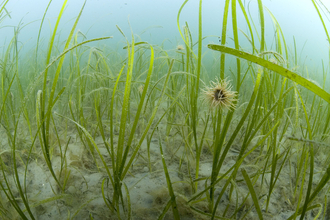
Today, the first Highly Protected Marine Areas (HPMAs) come into force in England, marking an important moment in the UK and The Wildlife Trusts’ marine conservation history.
This vital…
Stephen Trotter explains how a number of issues are affecting the health of Lake Windermere and why a holistic approach is vital to its restoration.
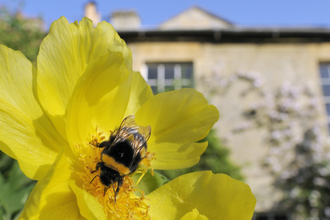
Professor Dave Goulson explains when to look out for bumblebees emerging and how to tell them apart.
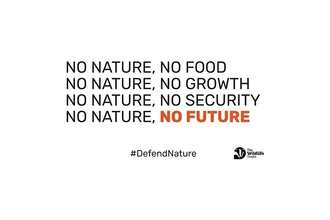
The Wildlife Trusts urge the UK Government to withdraw the Retained EU Law Bill (REUL). Along with others across industry, business, unions and charities, we believe this bill will endanger rights…